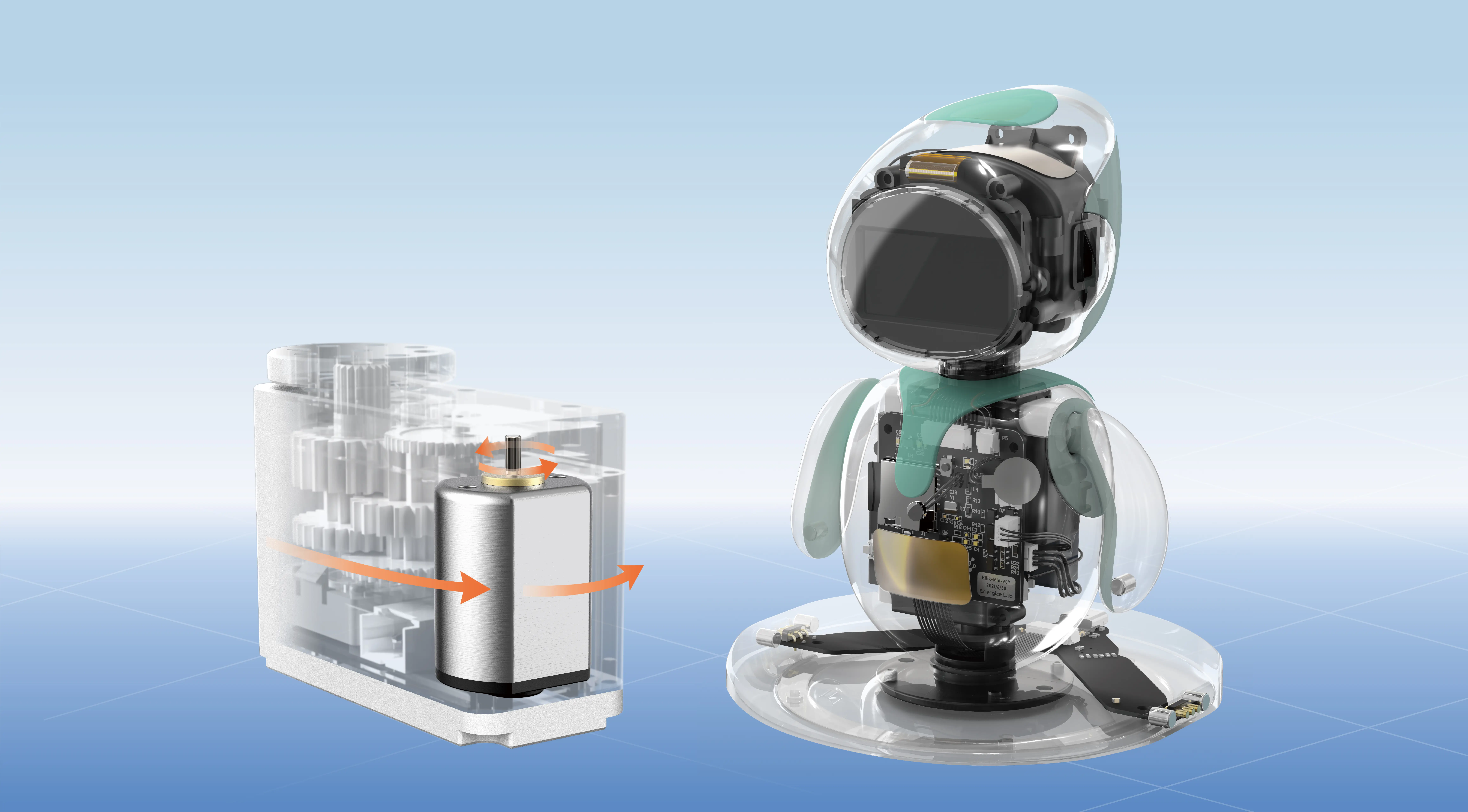Unleashing Power and Precision: Exploring Big Servo Motors and Arduino Integration
Imagine a world where your robotic arm can lift hefty objects with the grace of a ballerina—all thanks to the right motor. That’s the magic that big servo motors bring to DIY enthusiasts, engineers, and hobbyists alike. When paired with the versatile Arduino platform, these mighty actuators open up a realm of possibilities, from intricate robotics to heavy-duty automation projects.

What is a Big Servo Motor? At its core, a servo motor is a precise control device designed to convert electrical signals into controlled rotational motion. Unlike standard motors that spin freely, servo motors are equipped with built-in feedback mechanisms—typically potentiometers—that enable them to reach and hold specific positions with high accuracy.
Big servo motors, or high-torque servos, are scaled-up versions built to handle larger loads and deliver more substantial rotational forces. They are often used in large-scale robotics, RC vehicles, industrial automation, and even some artistic installations requiring robust movement and strength. These servo motors come in various sizes and power ratings, but their defining feature remains their capability to deliver significant torque while maintaining precise control.
Why Choose a Big Servo Motor? The allure of big servo motors lies in their blend of power and precision. Here’s why they stand out in the crowd:
High Torque: They can handle heavier loads, making them ideal for tasks like opening heavy doors, lifting objects, or powering large robotic limbs. Accurate Positioning: The integrated feedback system ensures they reach and maintain exact angles, useful in applications demanding precision. Reliability: Built with durable materials, these motors are designed to operate under demanding conditions, providing long-lasting performance. Compatibility: They work seamlessly with control systems like Arduino, enabling hobbyists and professionals to customize their setups.
Understanding the Mechanics At a glance, a big servo motor operates similarly to its smaller counterparts, but with added internal components to handle larger currents and mechanical stresses:
Motor Windings: Larger windings are used to generate more torque. Gear Train: Heavy-duty gears reduce the motor speed while increasing torque, often made of metal for durability. Feedback Potentiometer: This component provides real-time positional data to the control circuit. Control Circuit: Receives PWM (Pulse Width Modulation) signals from Arduino, translating them into precise movements.
Integrating Big Servo Motors with Arduino Arduino’s open-source ecosystem makes it straightforward to control big servo motors, provided you select compatible hardware and configure your code properly. The basic process involves:
Power Supply: Ensuring your servo receives enough current without overloading the Arduino. Often, a dedicated power source or a high-capacity battery is used. Connecting the Servo: Usually, three wires: power (red), ground (black or brown), and control signal (white or yellow). Programming the Arduino: Using libraries like Servo.h, you can send PWM signals to command the servo to any position within its range.
Practical Applications of Big Servo Motors with Arduino The combination of high power and precise control makes big servo motors perfect for a variety of impactful projects:
Robotic Arms: Capable of lifting and manipulating heavy objects with finesse. RC Vehicles: Large-scale tanks, boats, or planes that require substantial power and stability in movements. Automated Doors and Gates: Handling large weights smoothly and safely. Art Installations: Moving sculptures or exhibits that require substantial force and precision.
Choosing the Right Big Servo Motor for Your Project Selecting the perfect motor involves considering several factors:
Torque and Power Rating: Know your load requirements. Heavy-duty projects demand higher torque. Speed: Consider how fast the servo needs to move—some applications prioritize slow, controlled motions, others quick responses. Size and Mounting: Ensure the servo fits within your design constraints. Voltage and Current: Match your power source to the motor's specifications to avoid damage or underperformance.
The next part will dive into the technical details of wiring, controlling, troubleshooting, and advanced applications, including custom modding for even more power. We’ll explore real-world examples and share expert tips to elevate your projects with big servo motors and Arduino.
Established in 2005, Kpower has been dedicated to a professional compact motion unit manufacturer, headquartered in Dongguan, Guangdong Province, China.




































